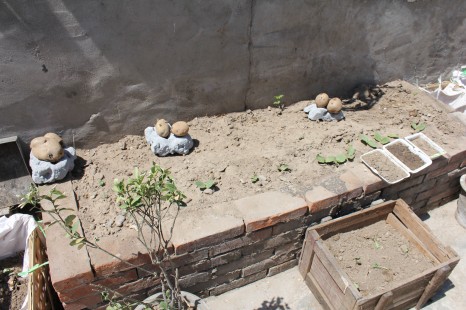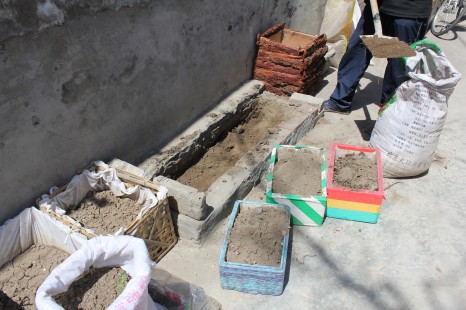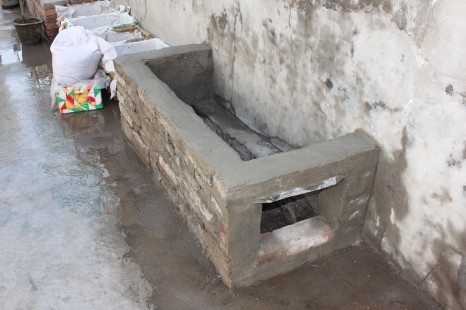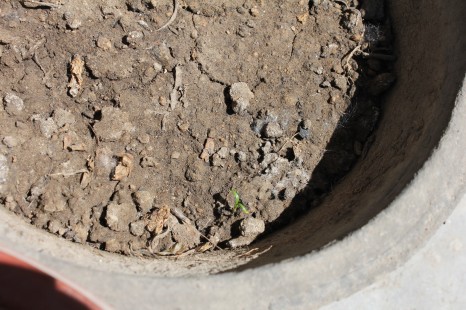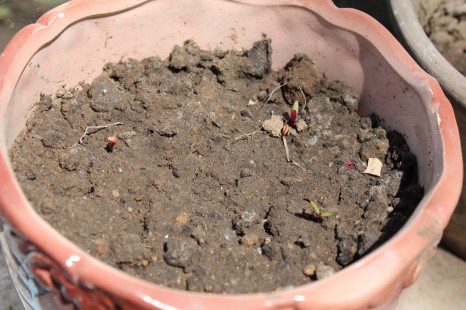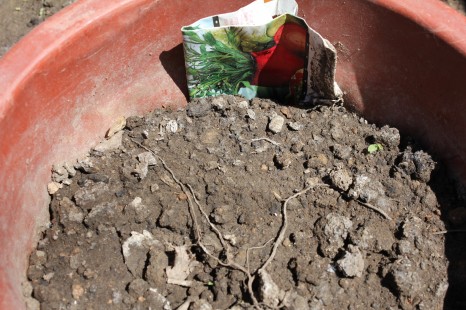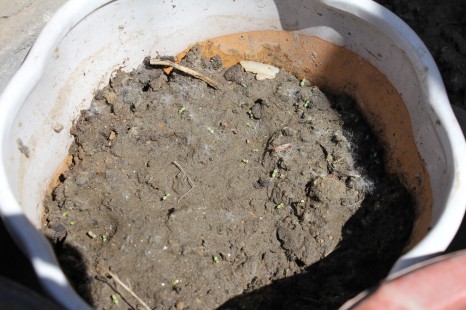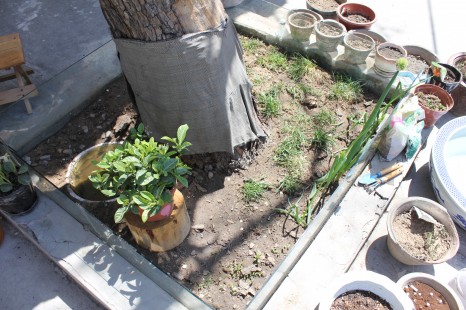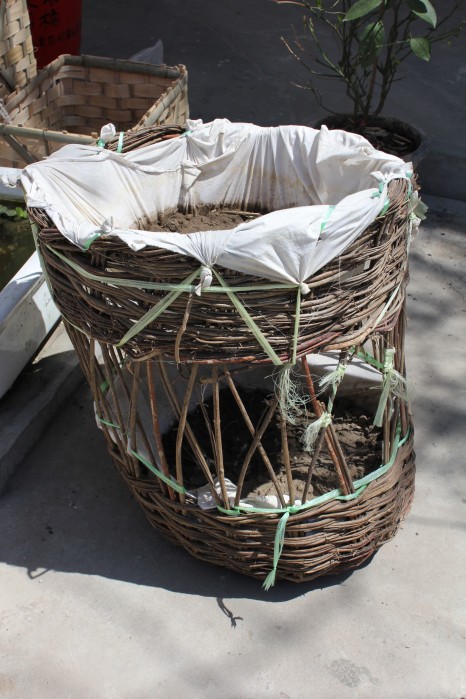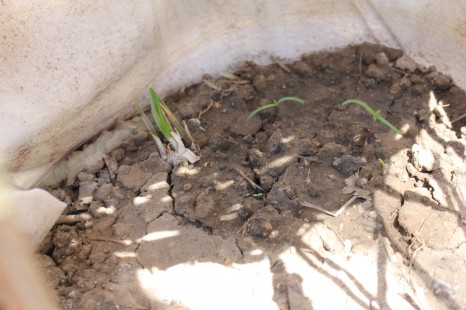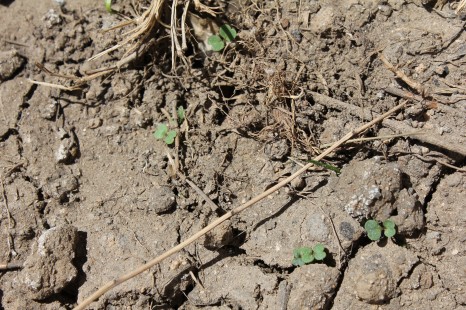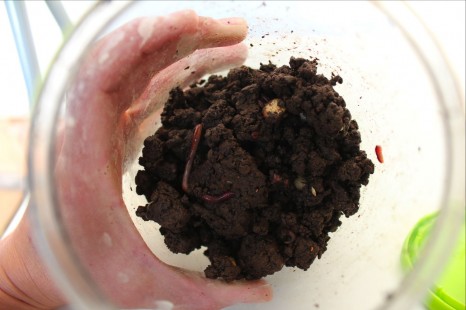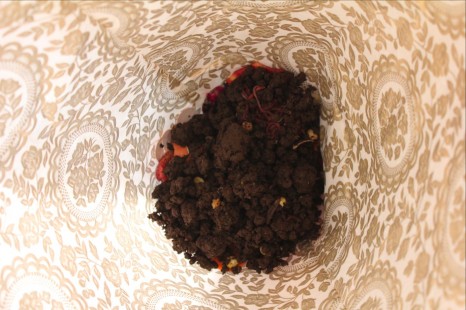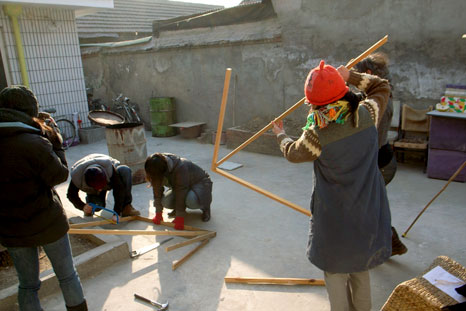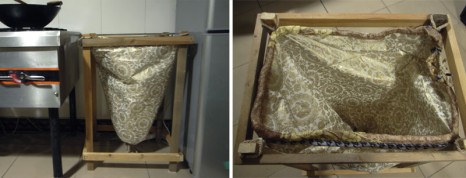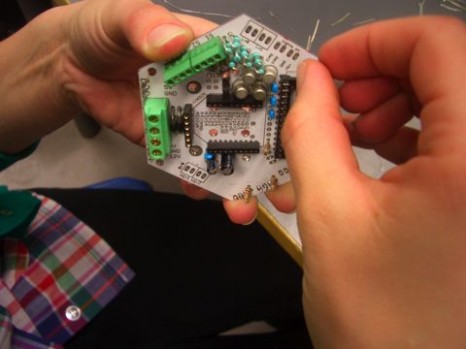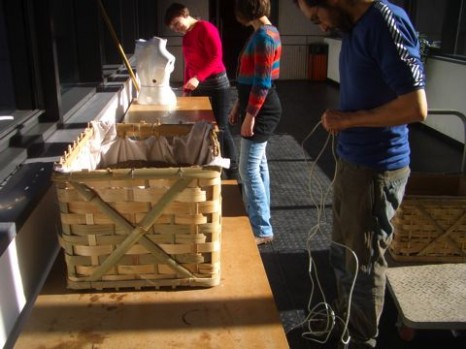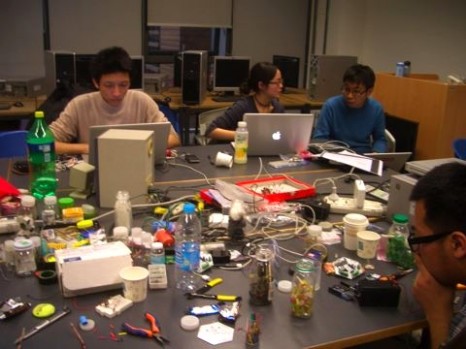地上On the ground:
玉米 corn and 南瓜 pumpkin competing over a rectangle of dirt revealed by the removal of a section of cement.
turtle den becomes a jungle, and potted plants struggle on. We think the clay-rich soil from the riverbed may not have been nutritious enough for some plants.
黄瓜 cucumber and 紫苏(大叶) shiso, like many other plants, are complemented by a deceptive and ubiquitous 杂草 weed.
Once these 杂草 weeds are removed, you can see how small these 紫苏 shiso plants have remained.
菠菜 spinach, 芝麻菜 rucola, 香菜 cilantro, and 杂草 weeds.
屋顶上On the roof:
(L) other 紫苏 shiso crops benefited from a transplant; (R) 秋葵荚 okra
(L) green beans and weeds; (R) small tomato plants and weeds
土豆 potato stacking: when the 土豆 potato plant pokes above the soil by about 20cm, cover it over again with more soil. The potato plant will revert to root state, and will grow more potatoes in a single area. This can be repeated again and again, forming a sort of potato tower, increasing productivity in one area by moving vertically.
The roof system simply uses a small platform to keep the boxes from direct contact with the roof, over areas supported by structural walls downstairs.
变形Transformations:
The 南瓜 pumpkin grows out of its area, and needs some structural support.
南瓜阶梯 The pumpkin ladder.
Digging down halfway, we find the 堆肥compost in the white pot has produced 好的土good soil. It is used to fill a box for a transplant.
Behind the ecstatic 南瓜 pumpkins are three 西红柿 tomato plants that need to move out.
甜菜根 Beets also need more space, and are transplanted to a larger area.
A transplanted 南瓜 pumpkin pouts. Notorious over-achievers (in German: streber). A question that comes to mind: Even if we are successful, what happens to all the stuff that is produced day after day—ideally becoming more healthy soil in the process—but still, basically dictating a general structural expansion, expansion of material, surplus, excess. Where does all this material go? Can we ever really generate a system that recycles? Or do we constantly need more land to exploit, more time, more converts? This in a way illustrates the paradox of self-sufficiency in the city. Surplus is the norm, in fact. Implying: we must go beyond ourselves..
See how other people do it:

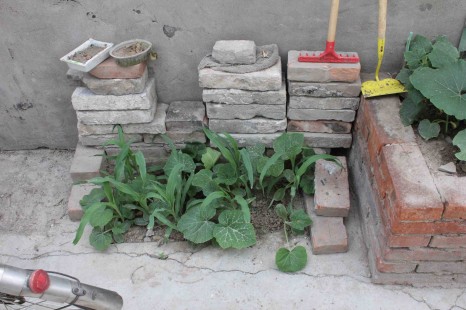
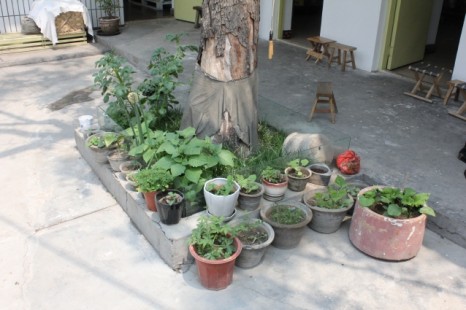

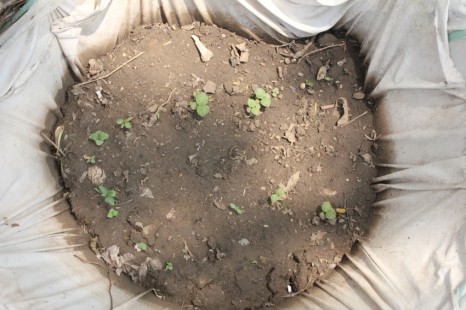
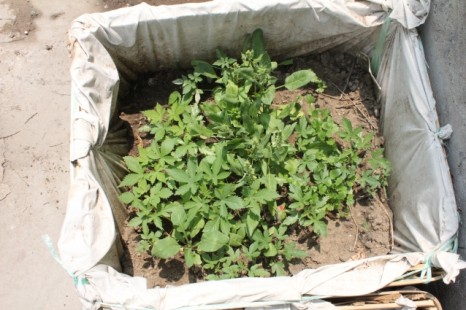
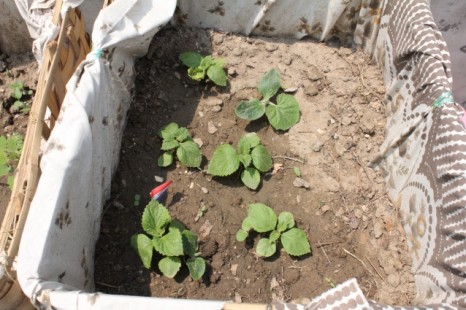
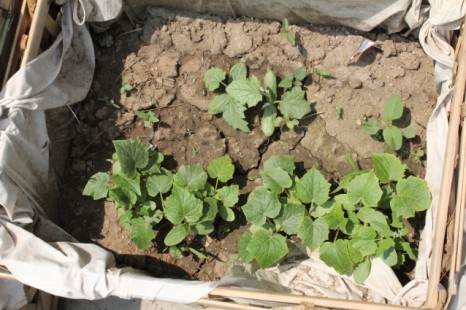
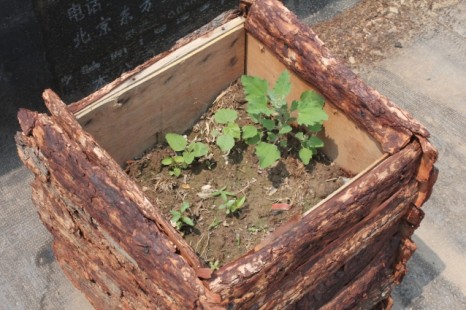
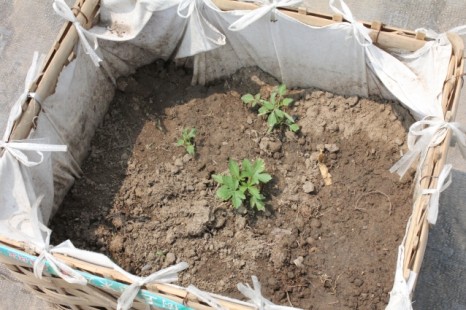

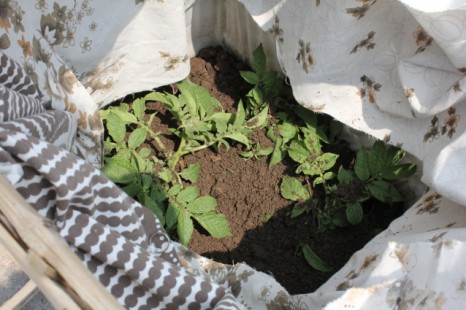
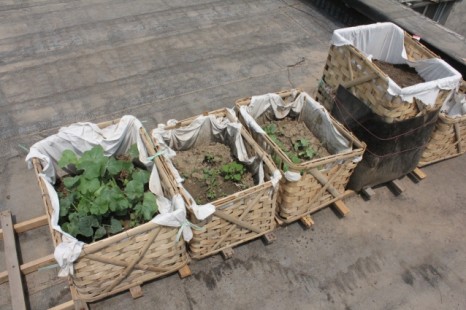
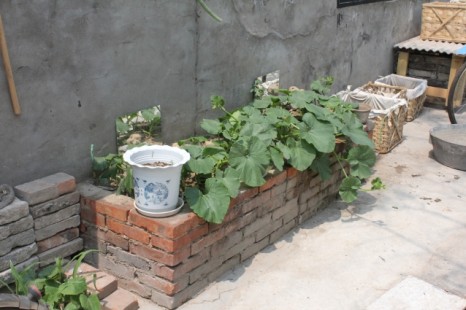
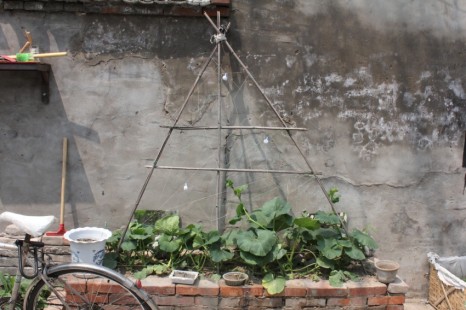
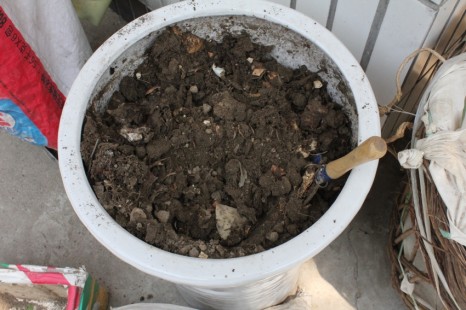
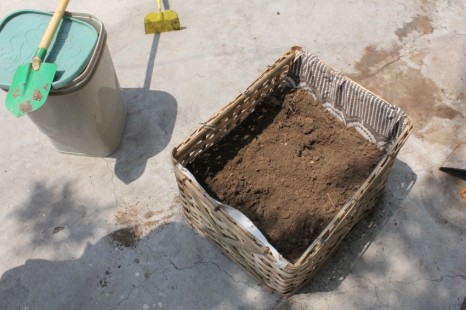
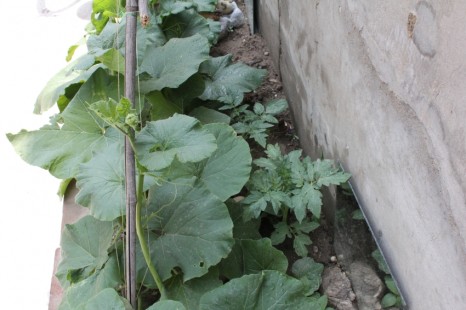
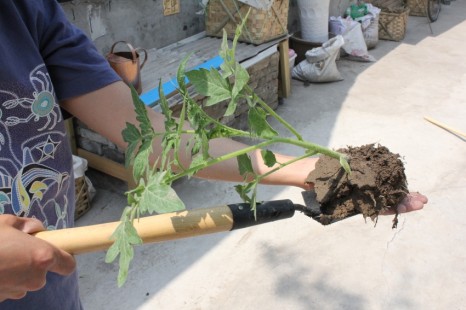
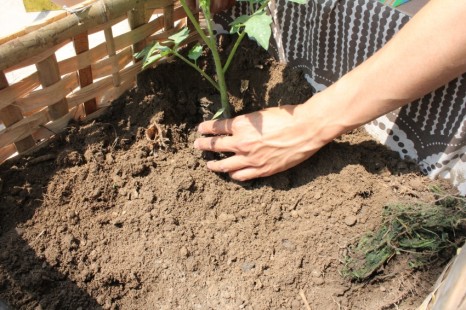
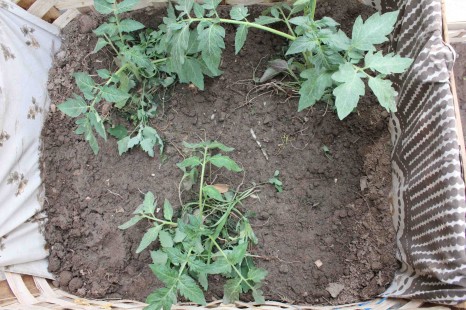
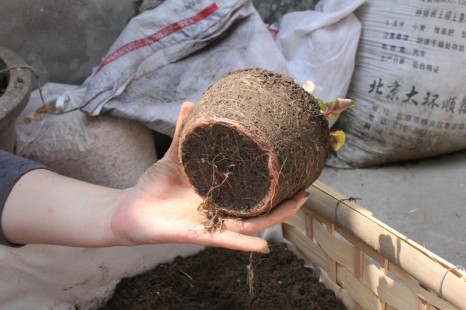
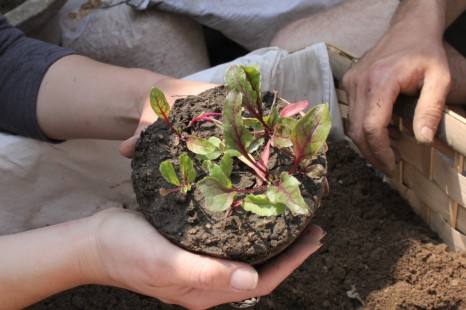
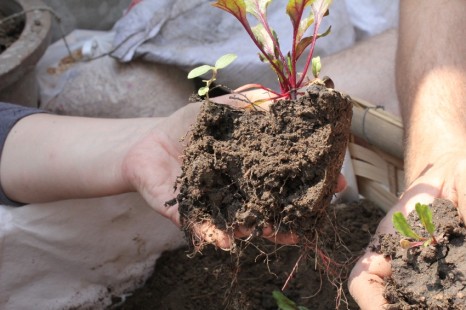
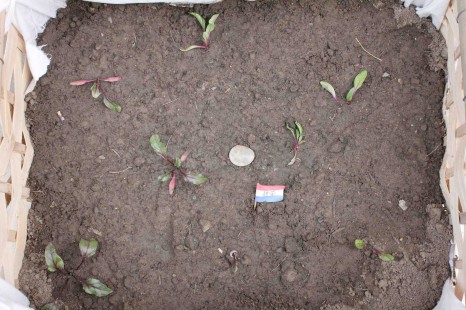
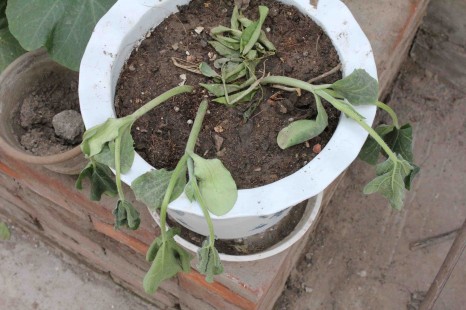
 时间 posted on: 29 May 2011 |
时间 posted on: 29 May 2011 |  发布者 author:
发布者 author: 
 分类 filed under:
分类 filed under: 